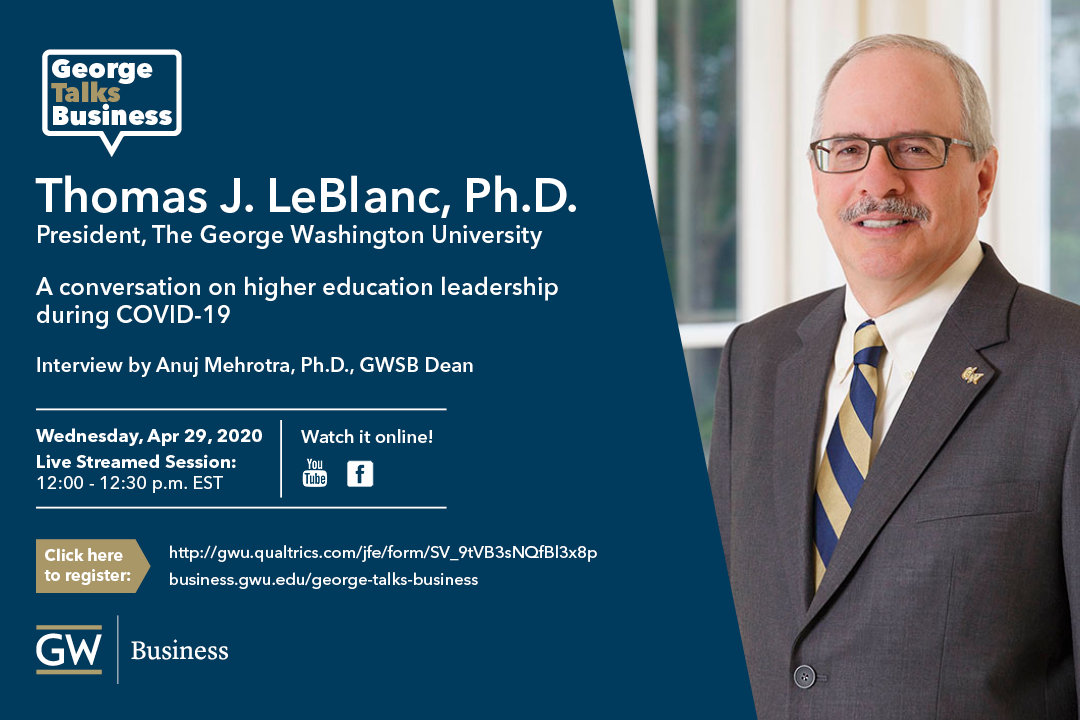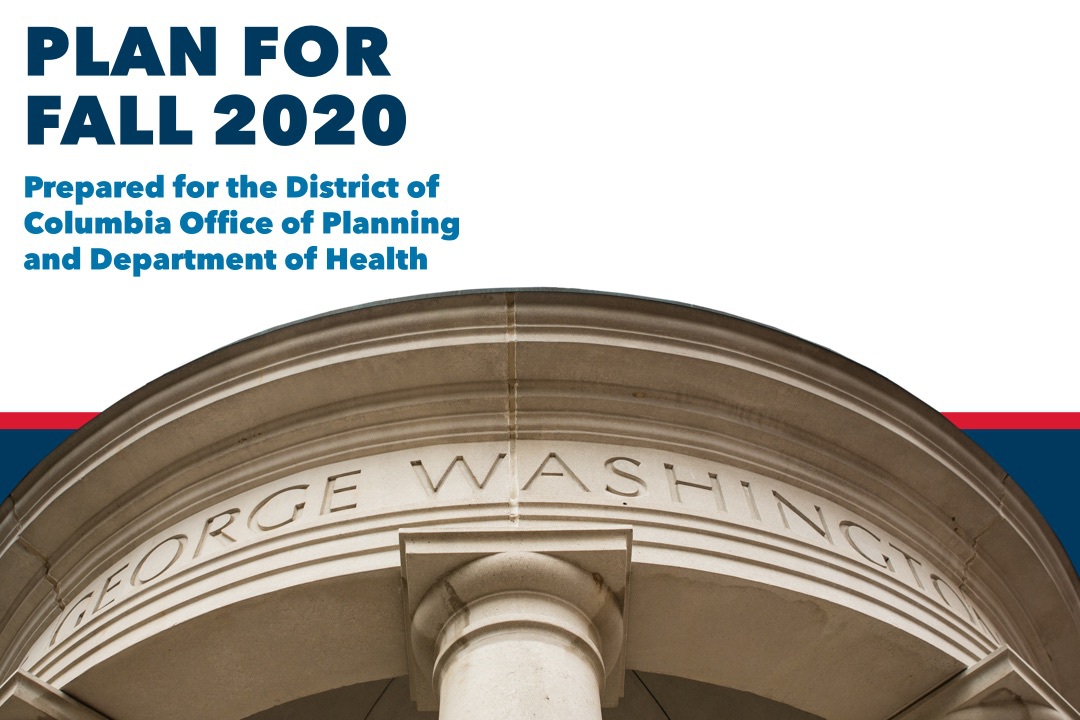By Tatyana Hopkins
Leaders at the George Washington University have planned diligently to minimize the number of people transmitting the novel coronavirus that causes the COVID-19 disease on campus as community members return for the fall, said Lynn R. Goldman, dean of the Milken Institute School of Public Health.
“It’s very difficult to fight an invisible enemy,” Dr. Goldman said. “With so many of those who have the virus having no symptoms, that’s a huge problem in society, particularly on a college campus where people are housed very closely together or in classrooms together.”
So, the university’s first step to identifying those on campus who have the virus will be testing, she said.
“We’re taking control of the testing ourselves in our own laboratory, where we have control of the supply chain [and] the turnaround,” Dr. Goldman said. “If you go to some of the test centers in the public health [system], across the country, because of the outbreaks, it might be a week to 10 days before you get an answer, and that’s not good enough to be able to control this virus.”
She said the university will aim for a 24-hour turnaround for electronic return of results.
Dr. Goldman spoke Wednesday on a panel of GW health and safety experts about some of the efforts the university will employ to fight the spread of COVID-19 during a virtual George Talks Business event. The event series, hosted by the GW School of Business, features interviews with guests who share insights on technology, leadership, global developments, ethics and other timely and relevant topics.
GWSB Dean Anuj Mehrotra moderated the panel.
“There’s some things still under discussion,” Dr. Goldman said. “We’re still putting the finishing touches on the [testing] protocol and, frankly, we’re still learning from the experience of other places about what’s likely to work the best. But there will be enough for everyone.”
Scott Burnotes, vice president of GW safety and facilities, said a number of policies will help mitigate the spread of COVID-19 on campus including a mask requirement, continued telework, capacity limits on gatherings and events, and enforcement of social distancing through signage and physical modifications to spaces.
“We started planning even prior to the virus making it to the United States,” Mr. Burnotes said. “The university’s re-opening plan is like a map that paints a broad picture of where we’re going and how we’re going to get there. We also created something that we’ve called the operational playbook, and this would be the turn-by-turn directions.”
He said the university has relied on the expertise of hundreds of faculty advisers, representing different areas, to review the university’s campus planning documents to ensure the health and safety of students, faculty and staff.
As the university will require students, faculty and staff who test positive to self-isolate and who are exposed to the virus to quarantine, Mr. Burnotes said it has created the Campus COVID-19 Support Team that will work with local health departments to facilitate contact tracing. The team also will support community members with COVID-related resources. A facility will be designated for on-campus students to isolate; however, off-campus students are urged to make arrangements in advance.
School of Nursing Dean Pamela R. Jefferies encouraged members of the GW community to take advantage of the university’s 24/7 virtual mental health services and self-help toolkits.
“We’re on month five of COVID and…we all want answers to questions we don’t have yet,” Dr. Jeffries said. “Mental health care and services couldn’t be more important during this time.”
School of Medicine and Health Sciences Dean Barbara L. Bass, who is also vice president for health affairs and chief executive officer of The GW Medical Faculty Associates, urged community members to be vigilant in adhering to preventative measures and to be aware of COVID-19’s broad presentation of symptoms.
She said while symptoms can include loss of taste, the disease’s primary symptoms are consistent with other respiratory illness such as fever, aches, pains, coughing and eventually shortness of breath.
“Everyone can contract COVID,” Dr. Bass said. “If you get exposed to this virus, and you get a good dose of it…you’re going to get sick. You’re just going to get a different pattern of disease based on your own personal risk factors.”




